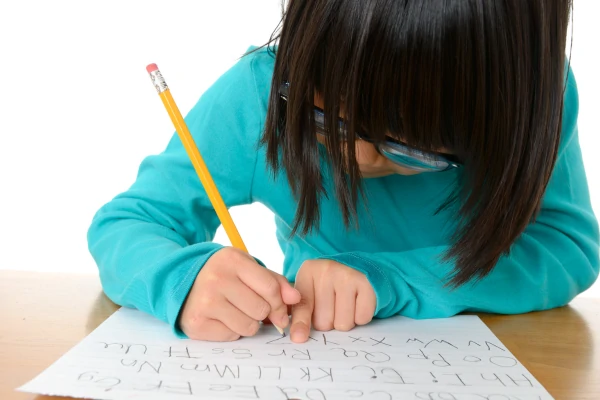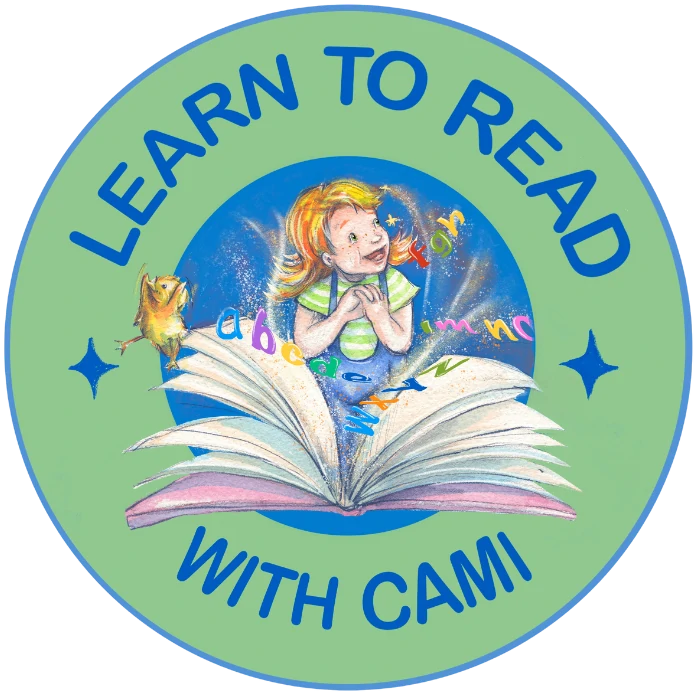Letter formation refers to the physical skill of correctly forming or writing the letters of the alphabet.
While not a primary focus learning to read systems, letter formation is still a relevant skill under the umbrella of alphabetic knowledge. The ability to write letters correctly can support reading development, especially when the child is also learning how to map sounds to written letters. The fine motor skills involved in writing can help reinforce a child’s understanding of letter shapes and their corresponding sounds.

Stay connected via our newsletter and never miss a resource. Signup for exclusive tips and free resources! Unsubscribe at any time.

Join the Cami Community email list today and receive two exclusive downloads designed for parents and teachers:
📚 Parent’s Guide to School Success – practical tips to prepare you child for a confident start to school.
✏️ Phonological Awareness Assessment – a valuable tool for teachers to evaluate foundational literacy skills.
Sign up now to receive these free resources and gain access to more tools, tips, and updates to support young learners!